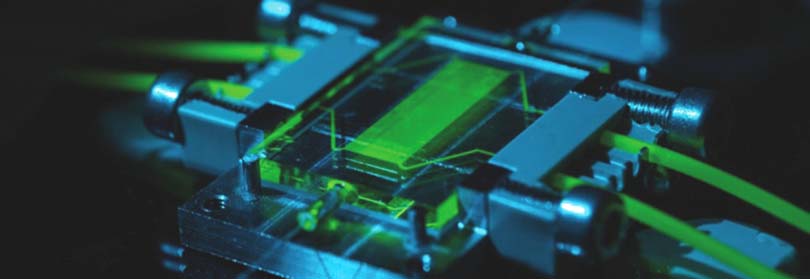PhD Defense of Mehdi DAANOUNE
Published on January 22, 2015
A+Augmenter la taille du texteA-Réduire la taille du texteImprimer le documentEnvoyer cette page par mail
Defense of a doctoral thesis of Mehdi DAANOUNE for the University of Grenoble, speciality Nano Electronics and NanoTechnlologies (NEET) entitled:
Amphitheater M001-Grenoble INP - Phelma
3 Parvis Louis Néel - CS 50257
38016 Grenoble Cedex 01
" Measurement of the lifetime and diffusion length of minority charge carriers in low dimensionality materials "
A+Augmenter la taille du texteA-Réduire la taille du texteImprimer le documentEnvoyer cette page par mail
Partenaires
Thesis prepared in the laboratory IMEP-LaHC and INL supervised by Anne KAMINSKI-CACHOPO, supervisor and Danièle blanc-pelissier Co-supervisor.
Date of update February 1, 2016
Our sites
eServices
 Connexion
Connexion Connexion
Connexion






